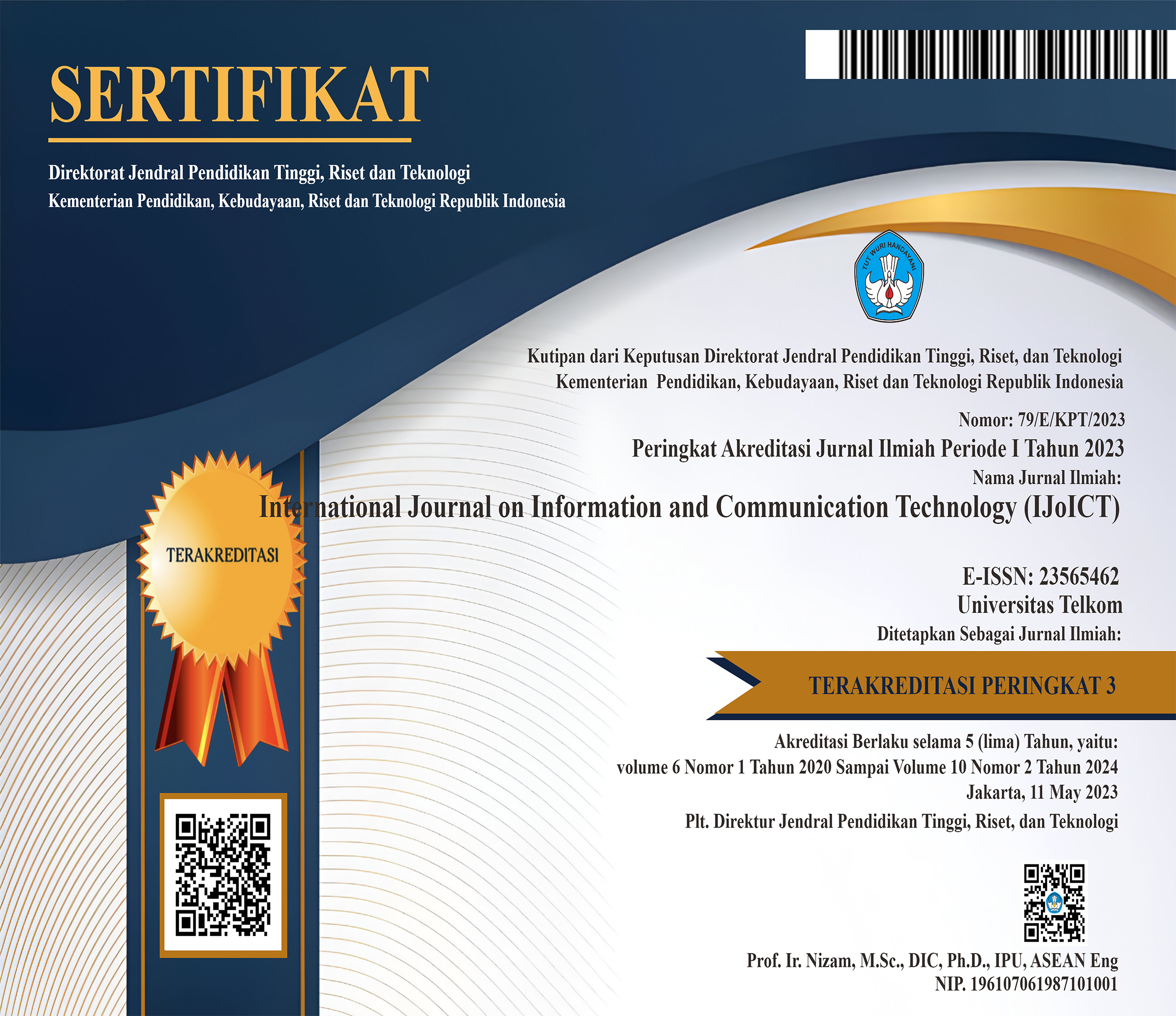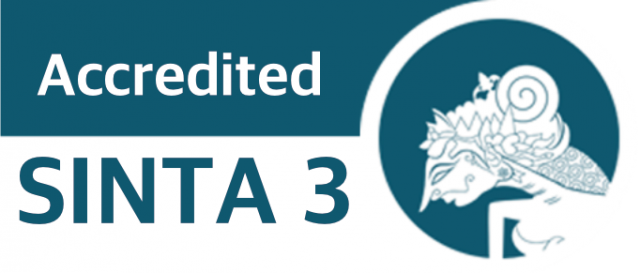Image Spoofing Detection Using Local Binary Pattern and Local Binary Pattern Variance
 Abstract views: 865
,
Abstract views: 865
,
 PDF downloads: 533
PDF downloads: 533
Abstract
Downloads
References
Maatta, J., Hadid, A., & Pietikainen, M. (2012). Face spoofing detection from single images using texture and local shape analysis. Biometrics, IET, 1(1), 3-10. [2] X. Tan, Y. Li, J. Liu, L. Jiang, “Face Liveness Detection from a Single Image with Sparse Low Rank Bilinear Discriminative Mode,†in Proc. Of the 11th European conference on Computer vision,2010,pp. 504-517. [3] Komulainen, J., Hadid, A., & Pietikäinen, M. (2012, November). Face spoofing detection using dynamic texture. In Computer Vision-ACCV 2012 Workshops(pp. 146-157). Springer Berlin Heidelberg. [4] Määttä, J., Hadid, A., & Pietikainen, M. (2011, October). Face spoofing detection from single images using micro-texture
83 0.835 0.84 0.845 0.85 0.855 0.86 0.865 0.87 0.875
LBPV8,2+Histeq LBPV8,4+Histeq LBPV8,5+Histeq LBPV8,7+Histeq
INTL. JOURNAL ON ICT VOL. XX, NO. XX, JUNE 2016 9
analysis. In Biometrics (IJCB), 2011 international joint conference on (pp. 1-7). IEEE. [5] Wen, D., Han, H., & Jain, A. K. (2015). Face spoof detection with image distortion analysis. Information Forensics and Security, IEEE Transactions on,10(4), 746-761. [6] de Freitas Pereira, T., Anjos, A., De Martino, J. M., & Marcel, S. (2012, November). LBP− TOP based countermeasure against face spoofing attacks. In Computer Vision-ACCV 2012 Workshops (pp. 121-132). Springer Berlin Heidelberg. [7] C., Padraig, S.J., Delany. (2007, March). k-Nearest Neighbour Classifier. Technical Report UCD-CSI-2007-4. [8] Kose, N., & Dugelay, J.,-L. Classification of Captured and Recaptured Images to Detect Photograph Spoofing.Multi Media Department, EURECOM 2229. [9] Lahdenoja, O., Poikonen, J., & Laiho, M. (2013). Towards understanding the formation of uniform local binary patterns. ISRN Machine Vision, 2013. [10] Schuckers, S. A. (2002). Spoofing and anti-spoofing measures. Information Security technical report, 7(4), 56-62.

This work is licensed under a Creative Commons Attribution 4.0 International License.
Manuscript submitted to IJoICT has to be an original work of the author(s), contains no element of plagiarism, and has never been published or is not being considered for publication in other journals. Author(s) shall agree to assign all copyright of published article to IJoICT. Requests related to future re-use and re-publication of major or substantial parts of the article must be consulted with the editors of IJoICT.








.png)

.jpg)




